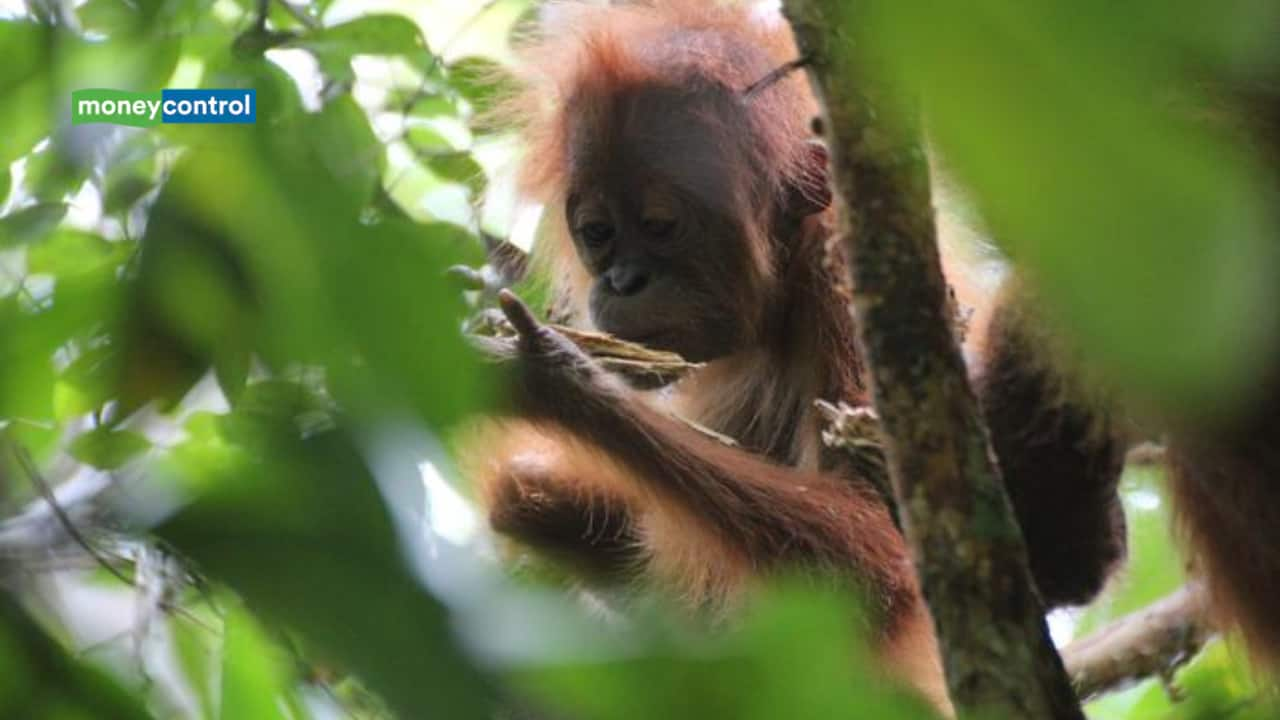A new study comparing wild and zoo-housed Sumatran orangutans has found that life in captivity dramatically alters how these great apes interact with their surroundings. Researchers documented around 12,000 instances of exploratory object manipulation (EOM)—a behavior linked to learning and problem-solving—and discovered that orangutans in zoos not only explore more often, but also in more diverse and intricate ways. The international research team studied 51 orangutans ranging in age from 6 months to 76 years.
Wild individuals were observed at the Suaq Balimbing research site in Indonesia, while zoo-based data came from four institutions in Germany and Switzerland. “Our study shows that orangutans in zoos not only explore more, but they also explore differently,” said Isabelle Laumer, the study’s first author. “They used a wider range of actions and were more likely to use tools or interact with multiple objects at once—even when engaging with similar types of objects as wild orangutans.

” While wild orangutans mostly examined natural materials such as bark, leaves, and sticks, their zoo counterparts interacted with a variety of enrichment items like plastic toys, puzzles, and stackable objects designed to stimulate problem-solving and motor skills. Interestingly, although both groups began exploring at similar ages, zoo orangutans continued exploratory behaviors into adulthood, unlike wild individuals whose EOM dropped sharply after weaning—likely due to the pressures of survival in the wild. Lead researcher Caroline Schuppli noted that the findings offer deeper insights into how environment influences cognitive development: “By comparing wild and zoo-housed animals, we can better understand the full extent of a species’ cognitive potential.
” The study highlights how enriched, low-stress environments may support greater behavioral complexity and cognitive growth in primates—insights that could help shape future zoo designs and conservation strategies..
















